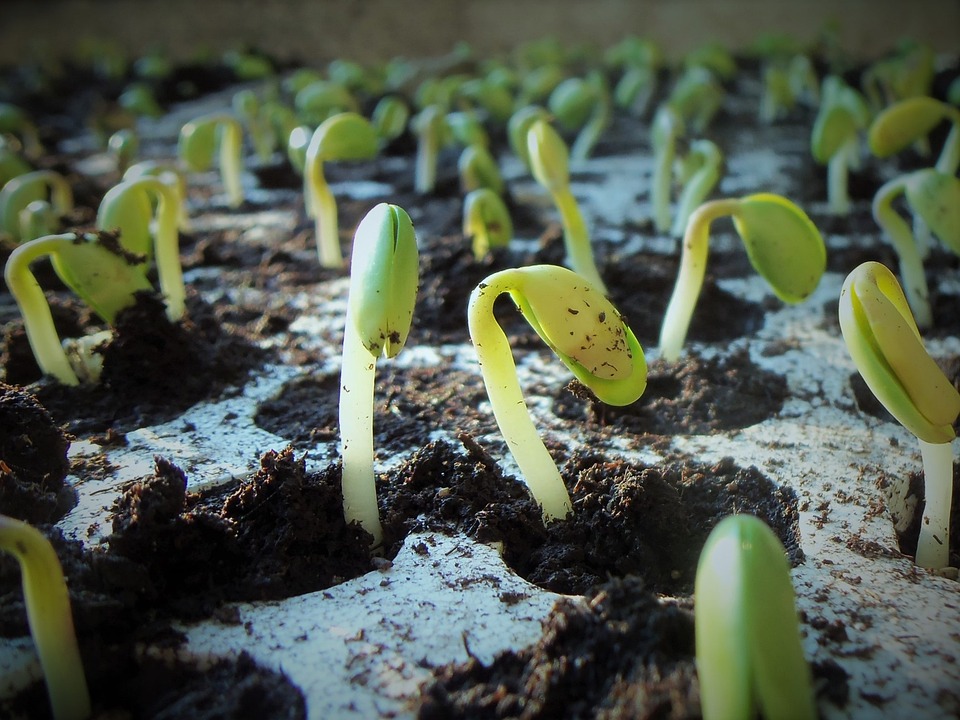
Specification location: AQA GCSE Biology Paper 2, Section 4.5 - Homeostasis and Response
Summary of method: Cress seedlings are germinated and then are grown in different environments. One set of seedlings should be grown in an entirely dark environment; another should be grown with strong light direction overhead; another should be grown with the sole source of light to the side. These will show the effects of phototropism. To show the effects of geotropism, some seedlings are grown as normal, while another set are grown perpendicular to the ground. If equipment permits, a third set can be grown on a clinostat perpendicular to the ground (continually rotating them with regard to gravity). Results should be collected by sketching the seedlings and the effects of tropisms on them and by carefully measuring the height of the seedlings.
For more detail on the set-up of this experiment, watch our high-quality required practical tutorial on YouTube.
Plant responses required practical variables (these will vary, based on approach):
Independent variable: Light direction/light levels/direction of gravity
Dependent variable: Seedling height/direction of growth
Control variables: Plant species, time, source of moisture, light intensity (except in the case of seedlings grown in the dark
|
|
|
|
|
|
|
|
|
|
|
|
Sample plant responses required practical results:
|
|
|
|
|
|
|
|
|
|
|
|
|
|
|
|
|
|
|
|
|
|
|
|
Source: The EverLearner Balcony
AQA GCSE Science subject-specific terminology:
- As students will be allowing seeds to germinate in a variety of environments and analysing the results, this is an ideal opportunity to discuss predictions and hypotheses.
- As part of the analysis, students will be measuring the height of the seedlings with a 15 or 30cm ruler, which makes a discussion of the idea of resolution worthwhile here.
Other blog posts in our AQA GCSE Biology (9-1) Required Practical series:
Getting the most out of GCSE Biology Required Practicals: Microscopy
Getting the most out of GCSE Biology Required Practicals: Microbiology
Getting the most out of GCSE Biology Required Practicals: Osmosis
Getting the most out of GCSE Biology Required Practicals: Food tests
Getting the most out of GCSE Biology Required Practicals: Enzyme activity
Getting the most out of GCSE Biology Required Practicals: Photosynthesis
Getting the most out of GCSE Biology Required Practicals: Reaction time
Getting the most out of GCSE Biology Required Practicals: Field Investigations
Getting the most out of GCSE Biology Required Practicals: Decay